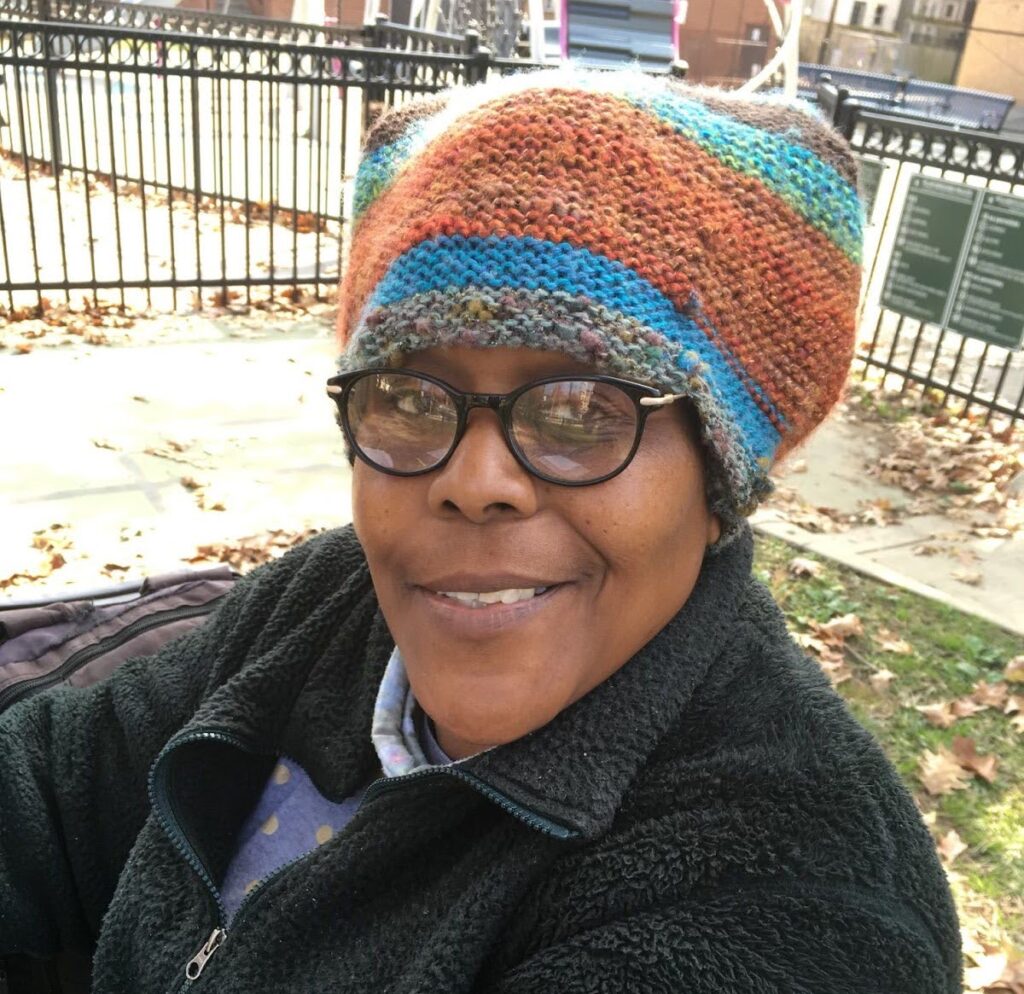Small Northeast D.C. neighborhood Ivy City is going through a major transformation – new shops, restaurants, bars and apartment buildings are popping on practically every corner.
Most of Ivy City’s residents are low-income. “Cluster 23,” a D.C. Government designation that includes Ivy City and three other small neighborhoods, is 87 percent Black, has a poverty rate of about 30 percent and has an unemployment rate of approximately 18 percent, according to data prepared by NeighborhoodInfo D.C., a project of the Urban Institute.
There have been efforts to revitalize the area over the past decade. When you first enter the small community, it appears to be one big construction site.
The new MOM’s Organic Market, Nike store, and historic warehouse turned luxury apartment complex all sit blocks away from small homes with boarded-up windows. New row houses border one side of the dilapidated and fenced-off Crummell School, some of them sporting solar panels. On the other side, wires dangle in front of dingy, outdated row homes. The school has been vacant for decades but will soon be home to new development.
Rather than pricey shops and housing, a community center has been the longtime dream for residents — who want a safe place for their children to play in an area with double the city’s frequency of violent crime, according to NeighborhoodInfo D.C.
“It’s not as bad a neighborhood as they make it out to be, said Nathaniel Scruggs, 32. “Every neighborhood has its flaws. But one thing I must say is this neighborhood will welcome you with open arms.”
Scruggs has lived in Ivy City for six years and described the community as family-oriented. He hosts regular cookouts with some of the neighbors. However, like other residents, Scruggs does not think the new development projects prioritize Ivy City’s current residents.
“Right now the kids have nothing to do but ride their bikes in the street,” Scruggs said. “We already know that they are pushing us out. We would just like something in the meantime, for the kids.”
In November, Ivy City Partners, a development team that includes real-estate developers and a wholesale seafood company, were chosen to redevelop 18,000 square feet that includes the Crummell School and an adjacent parking lot, located on Gallaudet and Kendall streets NE. The plans call for new townhouses, restaurants and commercial spaces.
Ivy City Partners was chosen out of three applicants. Due to strong community interest in the site, the Office of the Deputy Mayor of Planning and Economic Development generated the project’s request for proposal through the city’s OurRFP program. The initiative holds town halls with residents where new development will take place to identify their priorities and reflect those values in the city’s solicitation for developers.
OurRFP has been implemented for two locations since its inception, Parcel 42 in Ward 6 and Crummell School.
”When we talk about giving residents a seat at the table or a voice in their own neighborhood, essentially the OurRFP gets at the heart of that,” said Joaquin McPeek, DMPED director of communications.
McPeek said workshops where developers gave presentations and answered questions were held after business hours and on weekends. Many residents attended, he added.
“We do take into consideration the community’s perspective and the opinion on the proposals we get,” said Anna Shapiro, a DMPED project manager.
Nathaniel Scruggs said people from DMPED did canvas the neighborhood but he did not see the extensive community outreach they claimed to have done. “At one point in time they asked us … I don’t think they really did a big push to see what we wanted,” Scruggs said.
Parisa Norouzi, executive director of the community-organizing group Empower D.C., does not believe the District or the development team are making these improvements for the current predominantly low-income and Black residents.
“It shows the continuation of the same pattern we’ve seen, which is the city using public land as a tool for gentrification rather than as a tool for serving community needs and promoting community development,” Norouzi said.
Anthony Williams has lived in Ivy City for three decades and seen the neighborhood change a lot over the years. “We need some kind of rec center for the kids and the adults,” he said, standing in front of his home. He had just finished doing push-ups on the sidewalk.
Williams’s younger brother, Percy Williams, was part of a group of young people pushing the District for years to use the old Crummell School as a community center. Percy submitted written testimony of this request to D.C. Council in 2008. He was fatally shot in Ivy City in 2015 at the age of 20, according to Anthony.
“They can put all these nice stores here but this area is still dangerous,” said Officer Mike Johnson, a retired police officer found patrolling near the new MOM’s Organic market. “I have never seen more carjackings then I have in this area.”
Johnson has been working in that police district since 1989. He described seeing young children with no other outlet for recreation riding bikes up and down the streets late into the night.
But the community may finally be getting its wish. Ivy City’s development plan now includes a “state of the art facility for recreational and desired community uses.” DMPED is still in negotiation with the development team and will come up with a Land Surplus and Disposition Agreement to be presented during the fall D.C. Council session.
“The actual structure itself will be a community center,” McPeek said. The development team is planning to reach out to the community to discuss the future programming that will take place within.







